
Tag Archives herbicides
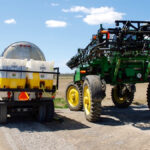
Be ready for herbicide shortages
If you haven’t lined up products already, be prepared to be flexible and creative

New herbicides for 2022
Options to deal with existing and emerging weed issues and the rising threat of herbicide resistance
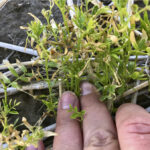
Crop advisor casebook: Has herbicide injury damaged 60 acres of lentils?
A Crop Advisor's Solution from the August 24, 2021 issue of Grainews

Your overview of pre- and post-harvest herbicide applications
Q & A with an expert
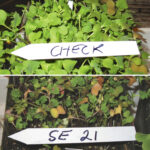
Herbicides and bioassays
A dry fall followed by a dry spring may leave much higher levels of residual herbicides

Fall herbicide application timing in canola
To control perennial weeds in canola, there are benefits to both pre- and post-harvest control options — the deciding factor could be tied to your goals
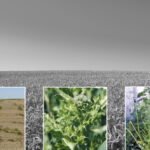
Zap troublesome weeds in the fall
Whether it works best pre- or post-harvest depends on several factors
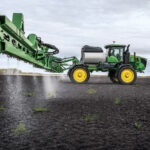
Deere launches new See and Spray Select technology
Automated spot-spray option can reduce herbicide use

Two more reasons to consider a jar test before tank mixing
It’s better to be safe than sorry when you combine multiple modes of action or include micronutrients in the tank

Weed control options should factor into cropping plans
Q & A with an expert


